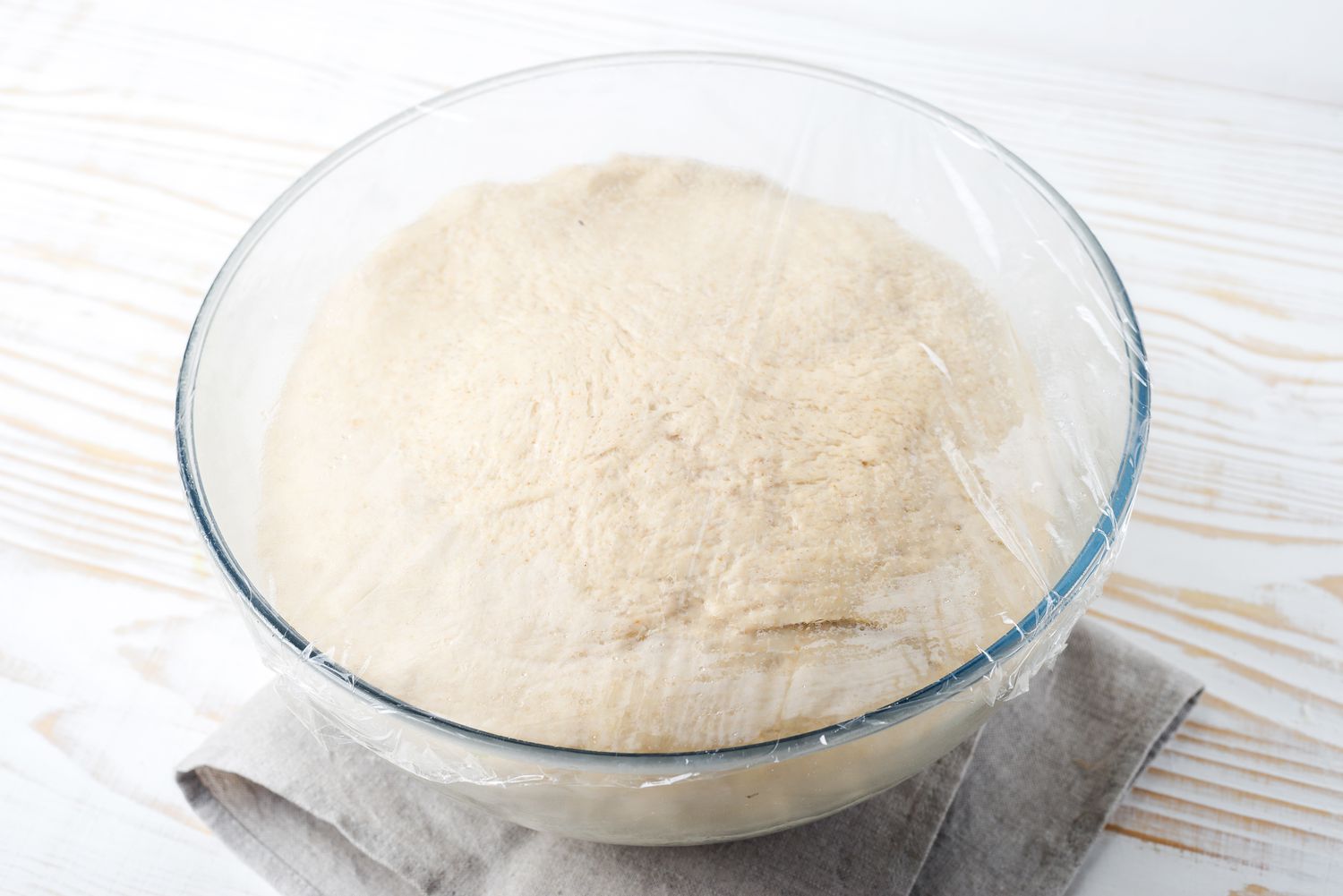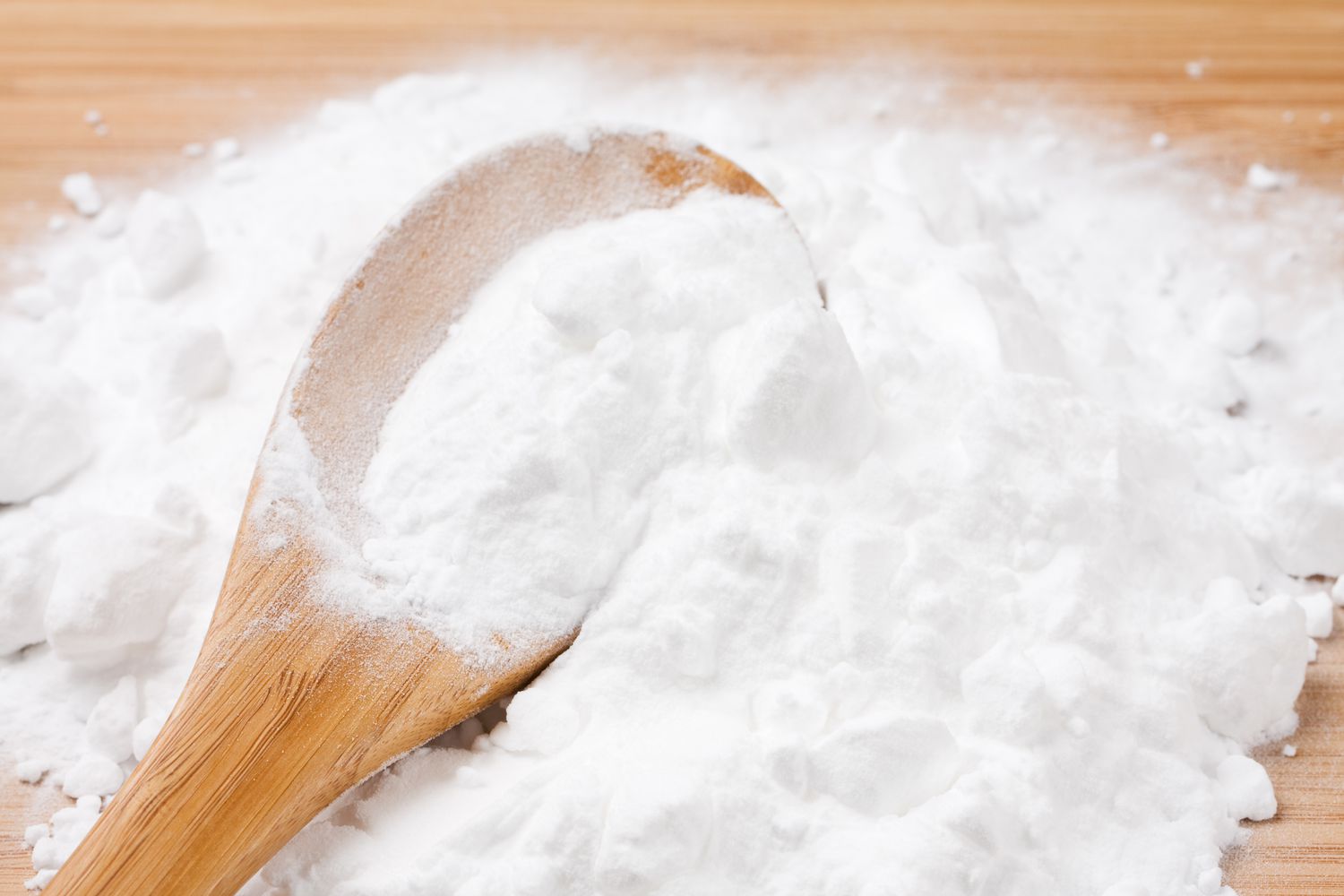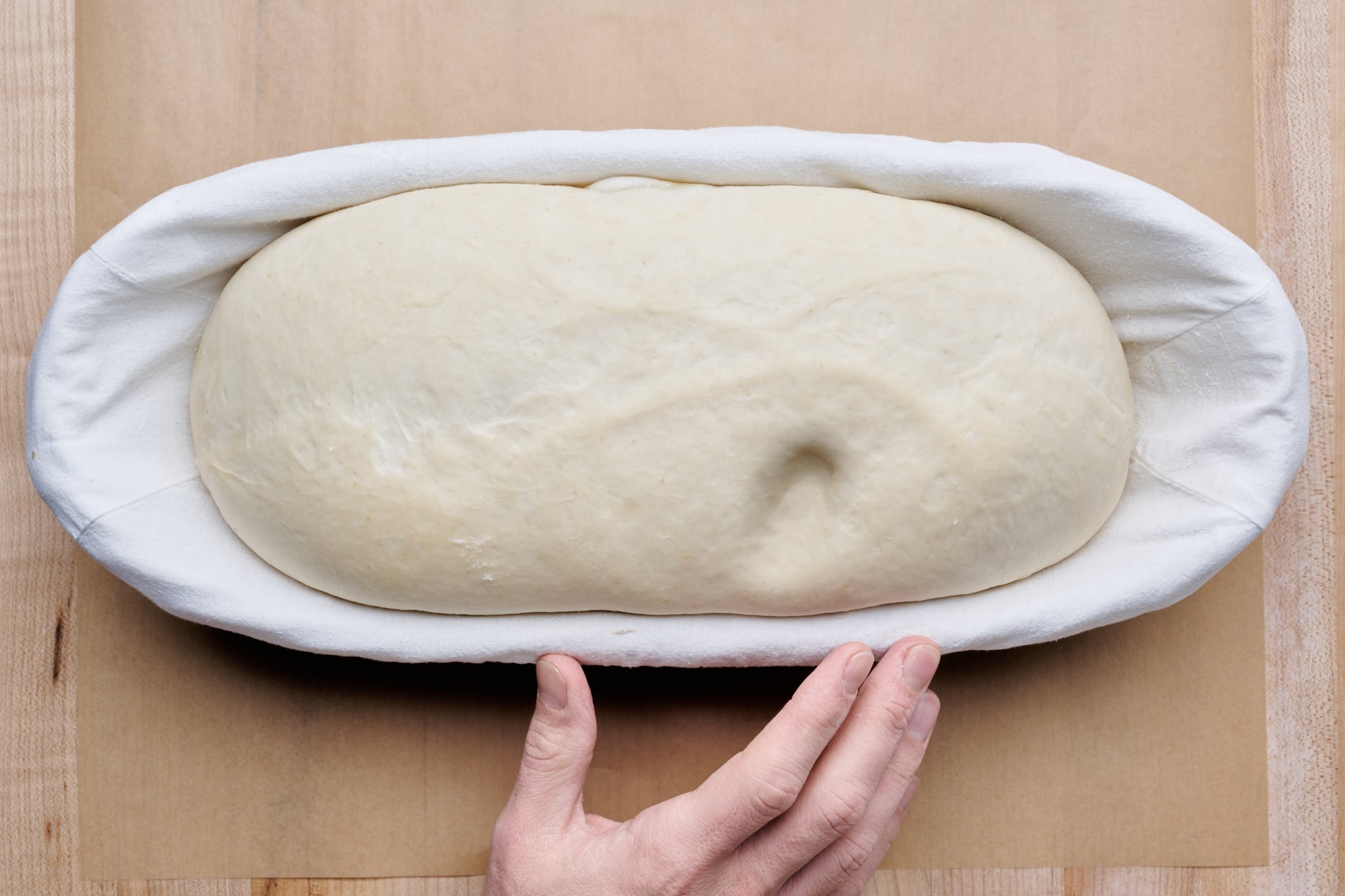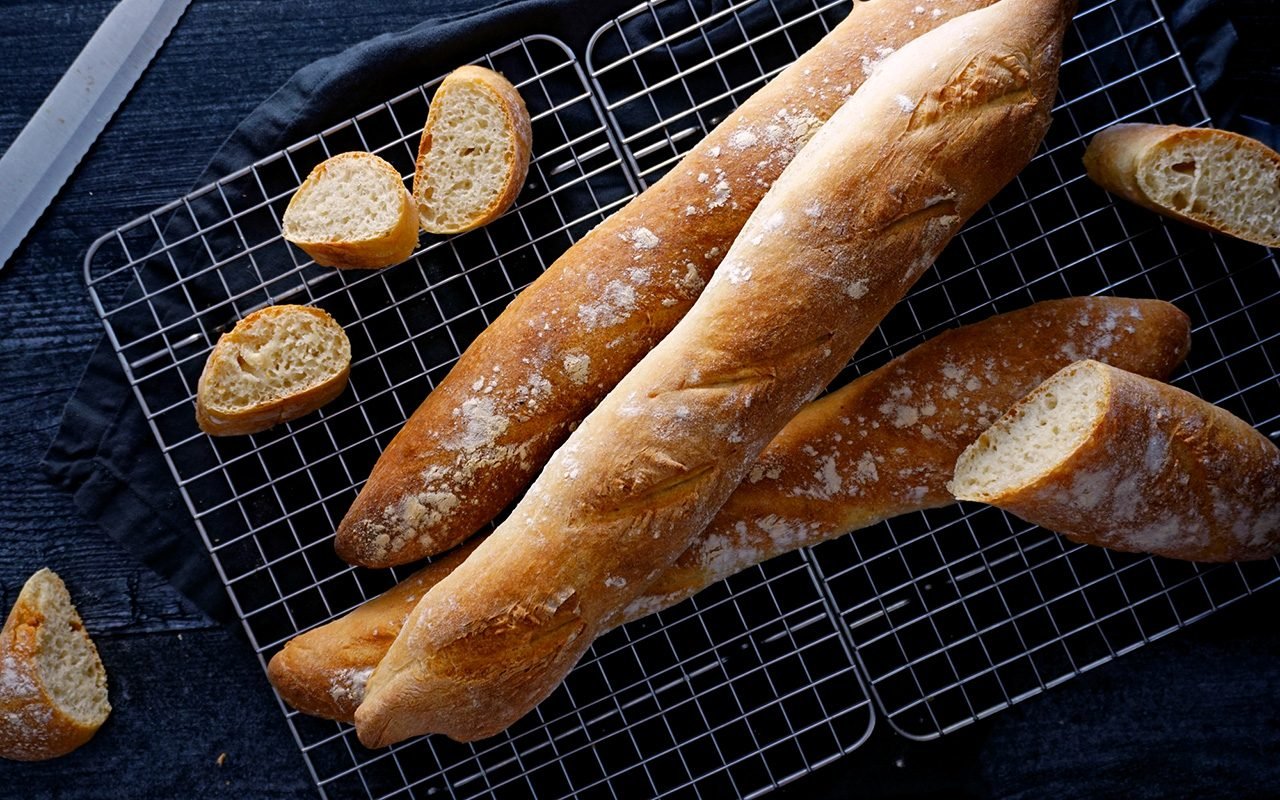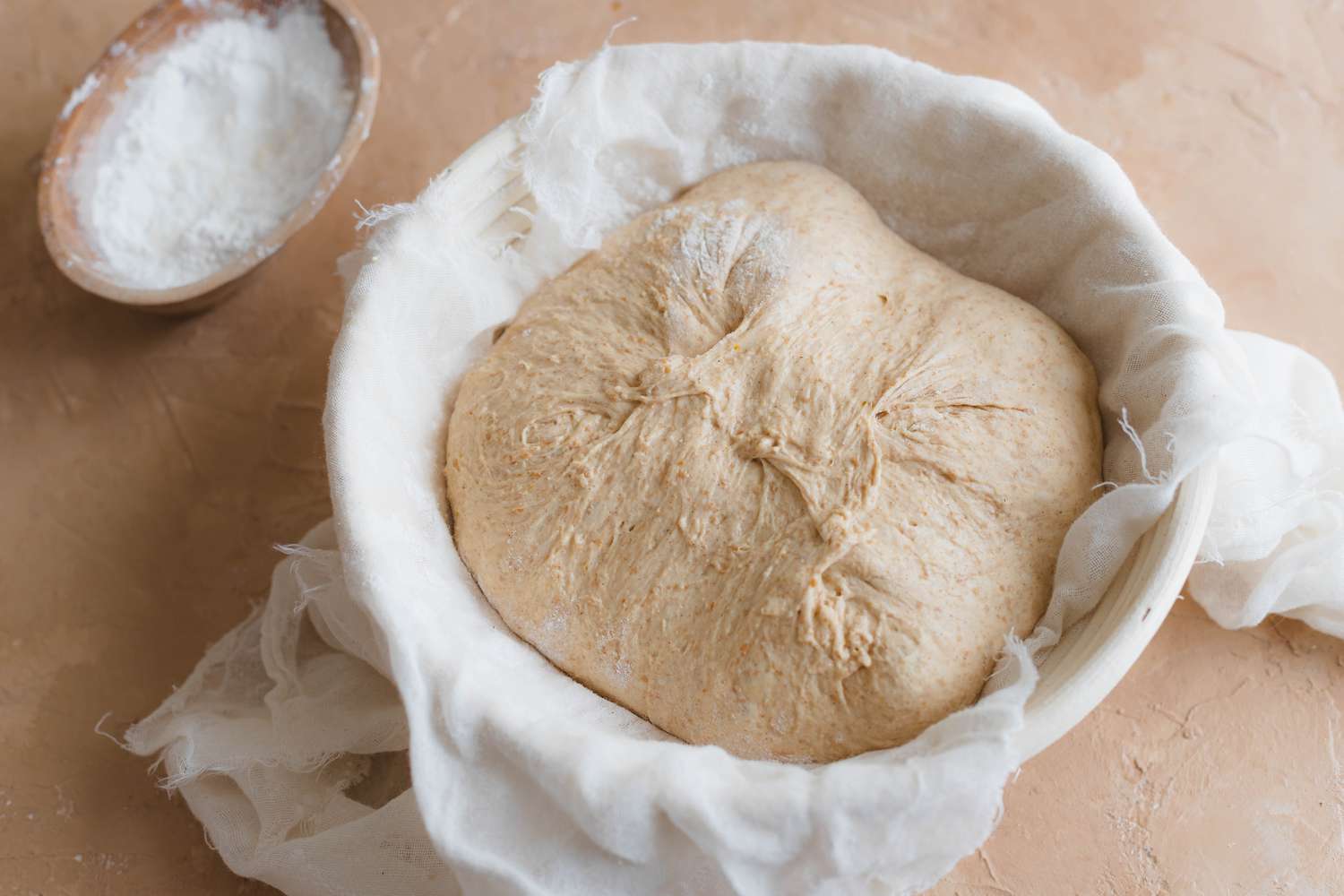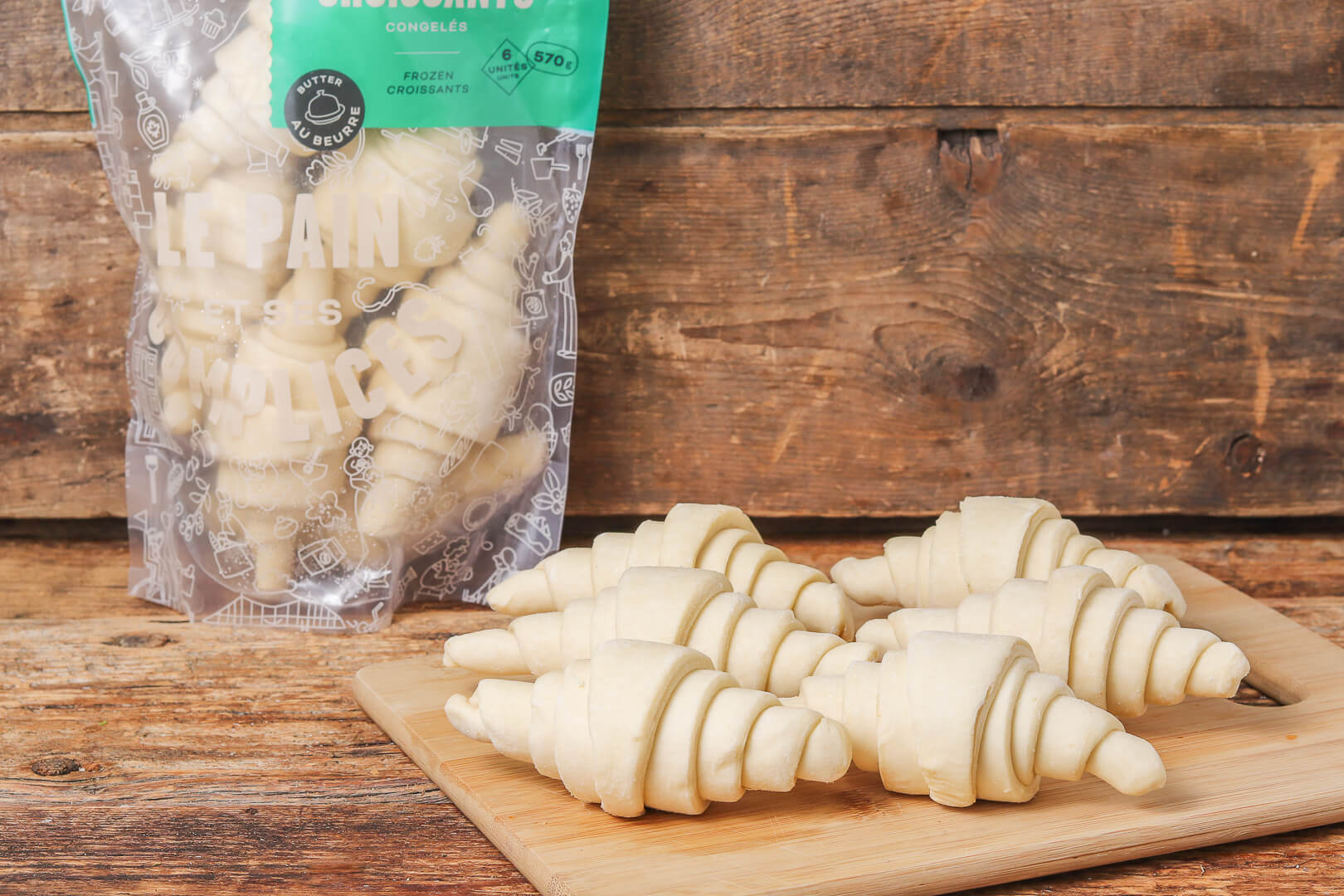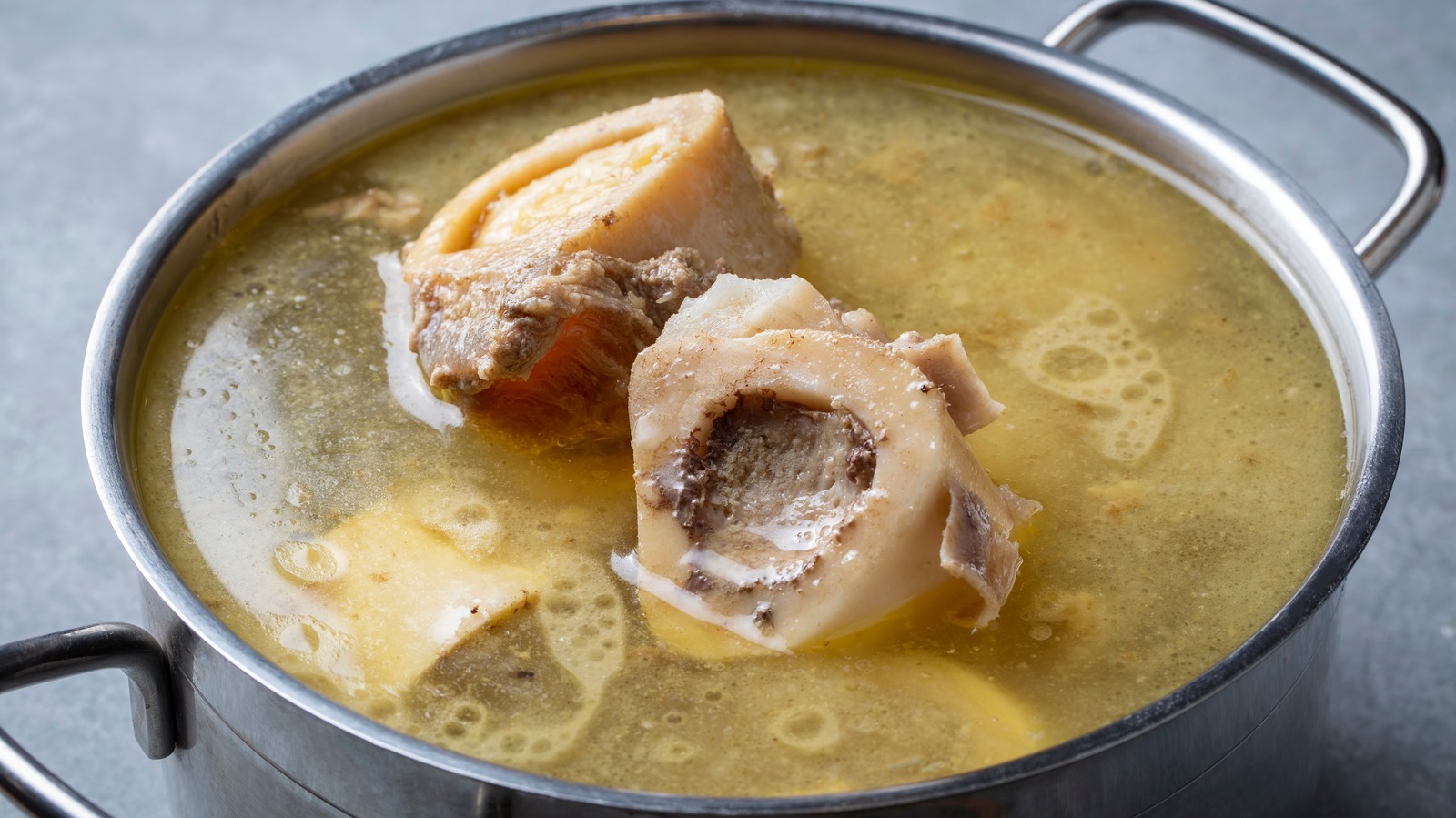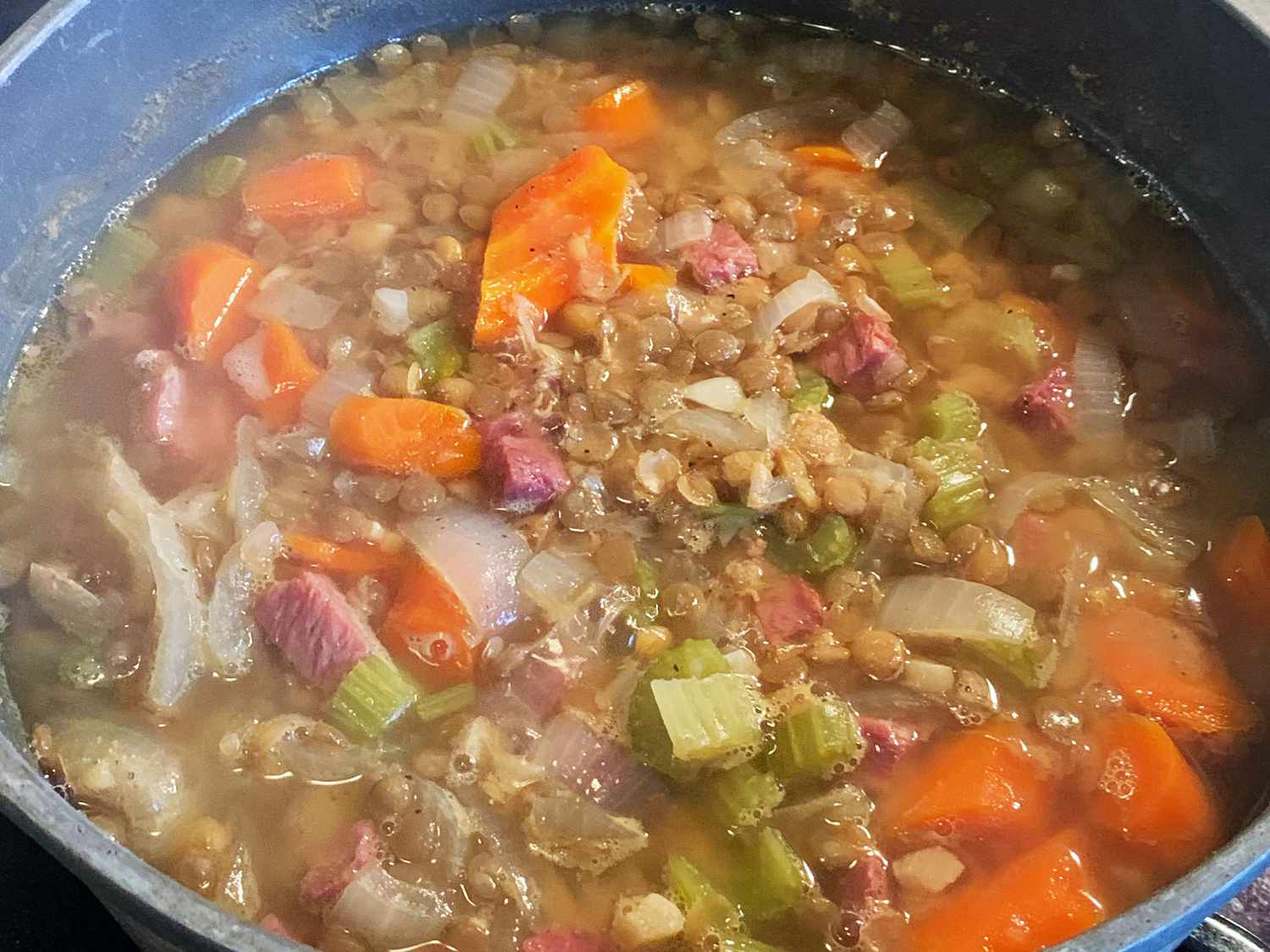Proofing Bread Dough in a Steam Oven
Proofing bread dough is an essential step in the bread-making process. It allows the dough to rise before baking, resulting in a light and airy texture. While traditional proofing methods involve using a warm, humid environment, proofing bread dough in a steam oven can yield excellent results. Here’s a guide on how to proof bread dough in a steam oven:
Prepare the Dough
Before proofing the dough, ensure that it has been properly kneaded and shaped. This step is crucial for developing the gluten structure, which contributes to the bread’s texture and rise. Once the dough is shaped, it’s ready for proofing.
Set the Steam Oven
Preheat your steam oven to the recommended proofing temperature, typically around 80-85°F (27-29°C). The gentle heat and humidity in the steam oven create an ideal environment for the dough to rise. If your steam oven has a specific proofing setting, use it to ensure the optimal conditions for proofing.
Place the Dough in the Steam Oven
Once the steam oven reaches the desired temperature, carefully place the shaped dough inside. Ensure that there is enough space for the dough to expand during proofing. Close the oven door to maintain the warmth and humidity required for the proofing process.
Monitor the Proofing Time
Proofing times can vary depending on the type of bread and the specific recipe. On average, it takes 30 minutes to 1 hour for the dough to double in size during proofing. Keep an eye on the dough to ensure it doesn’t overproof, which can lead to a collapsed or dense final product.
Check for Proper Proofing
To check if the dough has proofed adequately, gently press a fingertip into the dough. If the indentation remains and slowly fills back in, the dough is ready for baking. If the dough springs back immediately, it needs more time to proof. Conversely, if the indentation remains without filling in, the dough may have overproofed.
Bake the Bread
Once the dough has completed the proofing process, carefully transfer it to the preheated oven for baking. The steam created during proofing will contribute to a crisp and golden crust while the interior remains soft and airy.
Benefits of Proofing Bread Dough in a Steam Oven
- Even Rise: The consistent heat and humidity in a steam oven promote an even rise, resulting in a uniform and well-structured loaf of bread.
- Improved Texture: The steam helps to keep the dough's surface moist, allowing for better oven spring and a lighter crumb texture.
- Enhanced Crust: The steam contributes to the development of a crisp and golden crust, enhancing the overall appearance and taste of the bread.
- Time Efficiency: Proofing bread dough in a steam oven can expedite the process, allowing for quicker turnaround times without compromising on quality.
In conclusion, proofing bread dough in a steam oven can be a game-changer for home bakers and professional bakers alike. By harnessing the power of steam, you can elevate the quality and consistency of your breads, creating delectable loaves with impressive texture and flavor.
For those eager to perfect their baking skills with a steam oven, the Classic Sourdough Bread Recipe and French Baguette Recipe offer a great starting point, showcasing how steam can enhance crust and texture. If you're looking for something heartier, the Whole Wheat Sandwich Bread Recipe and Multigrain Bread Recipe provide a wholesome twist. Those who enjoy softer bakes will appreciate the Soft Dinner Rolls Recipe and Brioche Bread Recipe, both benefiting from steam's ability to keep dough tender and moist. Don't overlook the Ciabatta Bread Recipe and Focaccia Bread Recipe for rustic, flavorful options. For a unique challenge, try the Rye Bread Recipe or Challah Bread Recipe, where steam helps achieve that perfect rise and crust. For something more versatile, the Pita Bread Recipe and English Muffins Recipe are must-tries, showcasing how steam can create the perfect pocket or texture. Finally, indulge your sweet tooth with the Cinnamon Rolls Recipe, where the steam oven ensures they stay soft and gooey inside.
Was this page helpful?
Read Next: How To Proof Bread In Instant Pot
